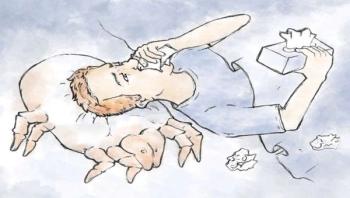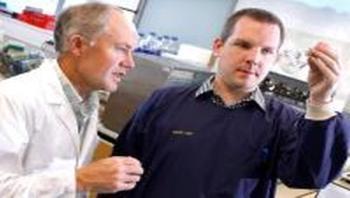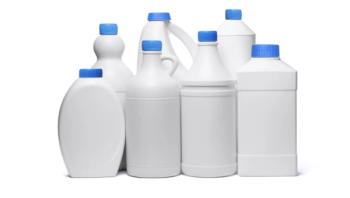
News
















Researchers at the University of Iowa have developed a vaccine that can combat dust-mite allergies by naturally switching the body’s immune response. In animal tests, the nano-sized vaccine package lowered lung inflammation by 83 percent despite repeated exposure to the allergens, according to the paper, published in the AAPS (American Association of Pharmaceutical Scientists) Journal. One big reason why it works, the researchers contend, is because the vaccine package contains a booster that alters the body’s inflammatory response to dust-mite allergens.







Mohamed and Zena are two survivors of the Ebola outbreak in Guinea who have taken on a new role as informal Ebola Ambassadors, working with community groups to show that the disease can be prevented if people take recommended precautions.



The mystery of why mycobacteria-a family that includes the microbe that causes TB-are extraordinarily hardy organisms is being unraveled by University of Otago, New Zealand, research that offers new hope for developing a revolutionary class of antibiotics to tackle TB.

This report addresses the process by which sodium hypochlorite, the active ingredient in commercial bleach products, destroys disease-causing pathogens. It explains the science of how and why bleach is an effective disinfection agent, and presents information to address common misconceptions about bleach.

